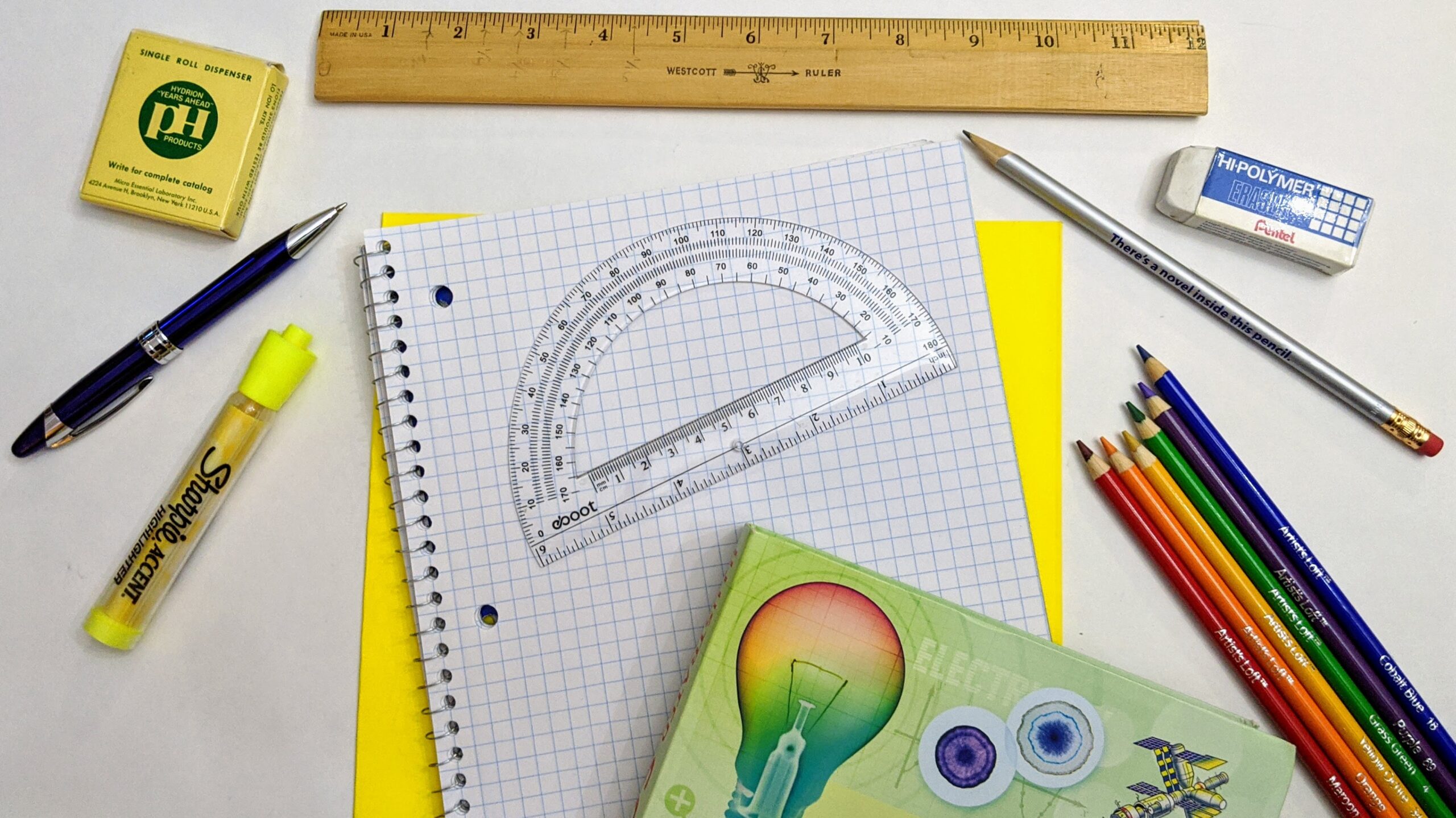When supporting your child to prepare for the Selective High School Placement Test you may want to help them learn and practice different problem-solving techniques such as working backwards, making diagrams…

In recent years the Selective High School Placement Test changed to focus on thinking skills rather than general ability. This 40 questions section requires students to understand how to think logically and critically in order to find the answers to the questions.
When supporting your child to prepare for the Selective High School Placement Test you may want to help them learn and practice different problem-solving techniques such as working backwards, making diagrams or tables, and breaking down complex problems into smaller, more manageable parts.
Today we will take a closer look at using diagrams to help us answer questions. To illustrate how to do this we will use an example question from the Thinking Skills Practice Test.
The Question
The question we are going to use as an example reads as follows:
Kai, Joe and Alice have 30 marbles each.
They take it in turns to roll a dice.
● If the number rolled is even, then that player has to give the number of marbles shown on the face of the dice to each of the other two players.
● If the number rolled is odd, then that player receives the number of marbles shown on the face of the dice from each of the other two players.
Kai rolls a 5.
Joe rolls a 2.
If the friends end up with 41, 20 and 29 marbles respectively, which number does Alice roll?
A1
B2
C3
D4
How & When to Use Diagrams
While not every question requires the use of a diagram, for multiple part questions it may be helpful to get a better visualisation on what is happening. Diagrams don’t need to be neat, they are just a thinking tool to help you come to the correct answer.
Let’s take a look at our example question. There is a lot of information here, which is difficult to hold in your mind all at once. Using a diagram to help you better visualise what is happening.
Lets start with all three marble players, and their 30 marbles to start with:
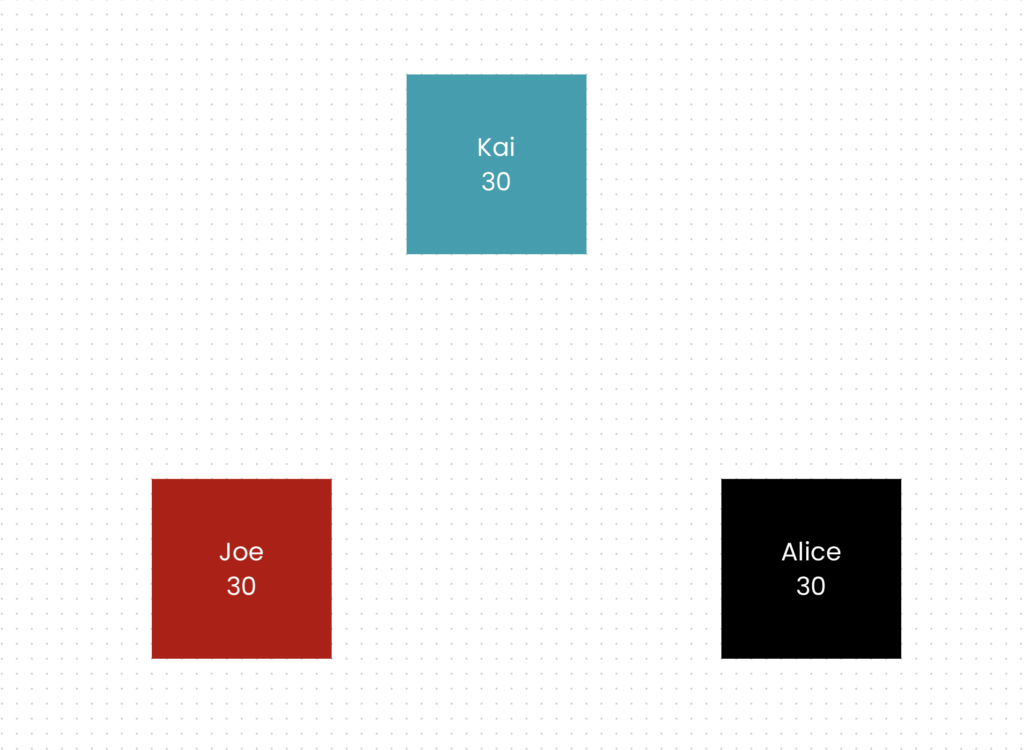
Next, it says Kai rolls a 5.
5 is an odd number so Joe and Alice must give Kai 5 marbles each. We can draw arrow on our digram to help us visualise this.
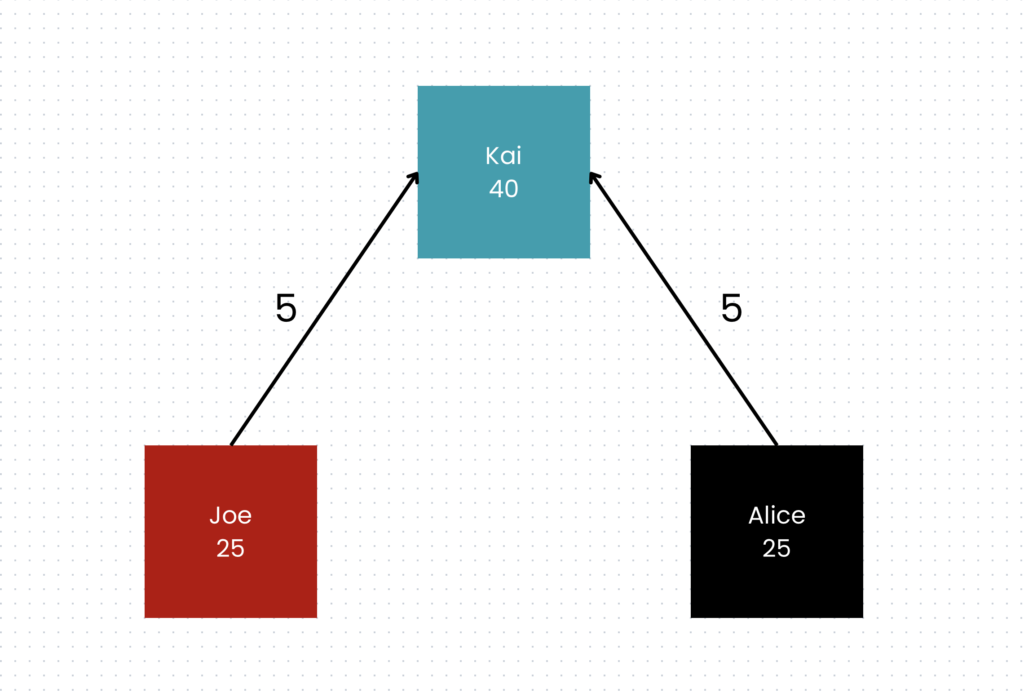
Now Kai has 30 + 5 + 5 = 40 marbles, and Alice and Joe both have 30 – 5 = 25 marbles.
Next, Joe rolls a 2.
2 is an even number so Joe must give Kai and Alice 2 marbles each. We can adjust our digram to reflect this.
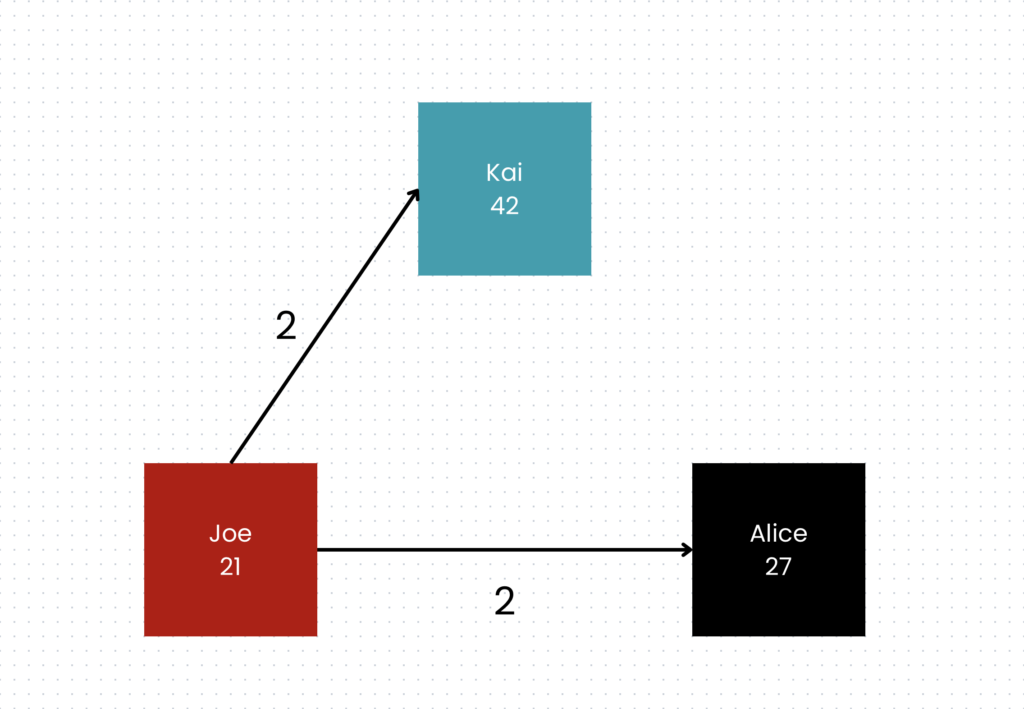
After giving 2 marbles to each Alice and Kai, Joe has 25 – 2 – 2 = 21 while Alice has 25 + 2 = 27 and Kai has 40 + 2 = 42.
Can you see how using a diagram helps us to keep track of what is happening even though multiple rolls of the dice have occurred?
Now it is Alice’s turn to roll the dice. We don’t know what she rolls, but we do know that as a result Kai ends up with 41, Joe ends up with 20 and Alice ends up with 29. We can draw that like so:
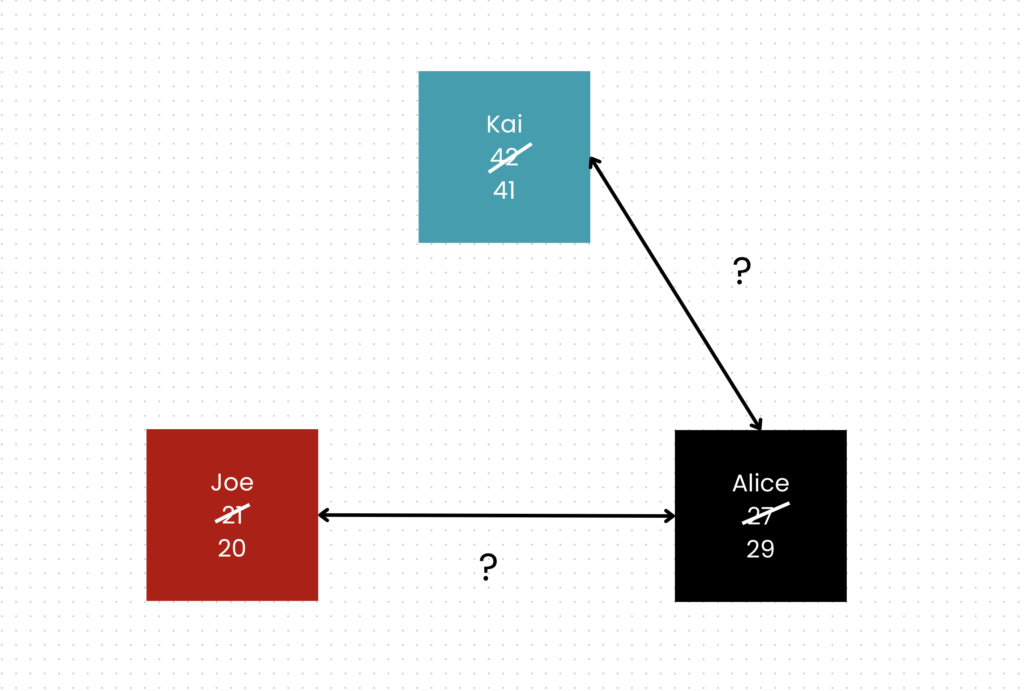
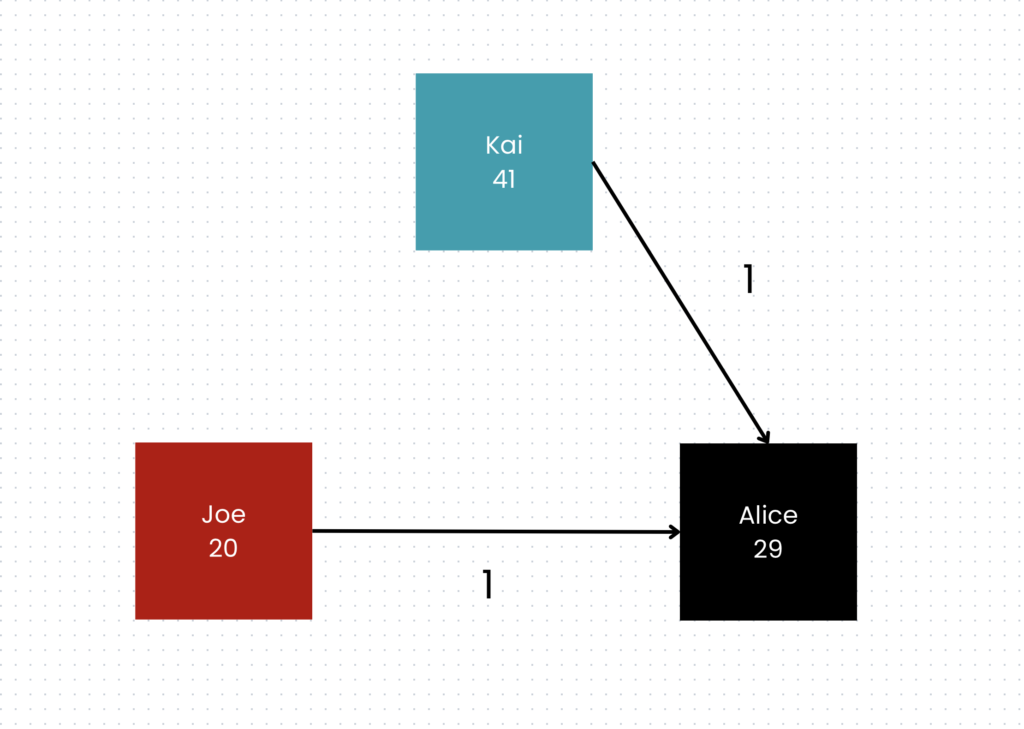
We know that 1 is an odd number and if she rolled a 1 then she would have received a marble from each Joe and Kai.
So A, 1 is the correct answer.
The Power of Diagrams
Diagrams are a helpful tool for complex questions as they allow us to visualise and better understand what is happening.
Without creating a diagram there is many more opportunities to make an error and not arrive at the correct answer. In a test environment having skills like this can set a student apart and allow them to gain entry to the high school of their choice.
While not every question is suited to using diagrams, knowing about this problem solving technique, (and practicing it) can help your child get ready for the Selective High School Placement Test. Why not try this yourself with other thinking skills questions in the practice questions (and answers).
For more strategies you can read our Test Taking Strategies for The Selective High School Placement Test, or for more help specifically with Thinking Skills we have a blog post on Breaking Down Difficult Questions Into Manageable Parts, and Making a Table to Answer Challenging Questions.
We also offer one on one tutoring, in Hurstville Sydney or online. We have helped hundreds on students prepare for the Selective High School Placement Test and gain entry into the school their choice.

Selective High School Test Preparation
In our Selective School Preparation Program, students will learn and develop a strong conceptual understanding of all key concepts. Students will receive one on one support where our skillful tutor will cater to each student’s weakness and work along with them to perform their best. Find out more…



